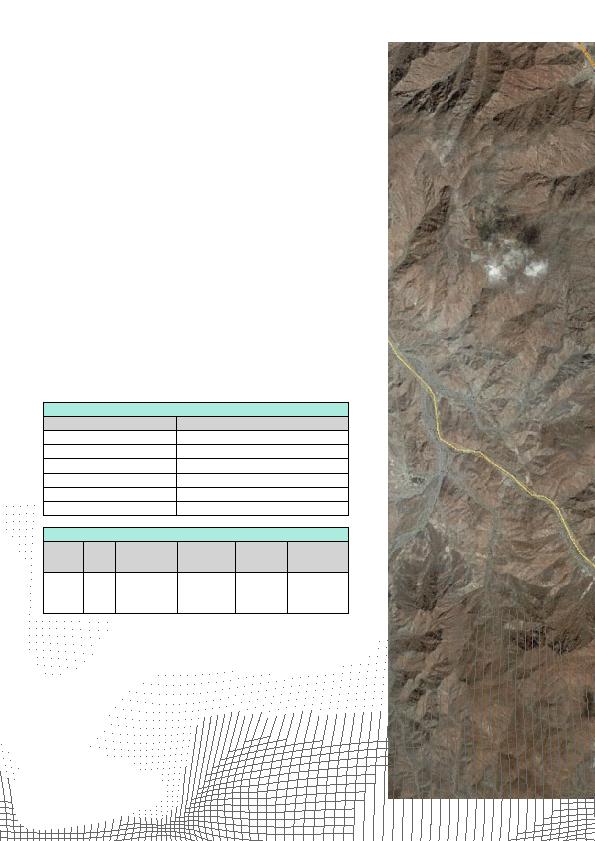
has held a starring role in Omani rural road design. While
wadis in Oman are dry most of the year, sudden floods can be
devastating. Hence the need to convert drainage culverts to
bridges at critical locations.
peak floods. The six balanced-cantilever viaducts were thus
dictated by the need to avoid hydrological hazards in their
corresponding wadis.
wadi's geometry. However, the main span was kept constant
at 90 m to standardize deck construction (Table 1). Similarly,
the transverse bridge section was kept constant at 17.25 m,
a width that accounted for a 2 m sidewalk, 2.5 m shoulder,
11.25 m carriageway and an inner paved shoulder of 1.5 m
width.
variable. The section is haunched at pier with a depth of 5 m
that decreases to 3 m at mid-span.
the bridges' main construction quantities.
of the landmark bridges